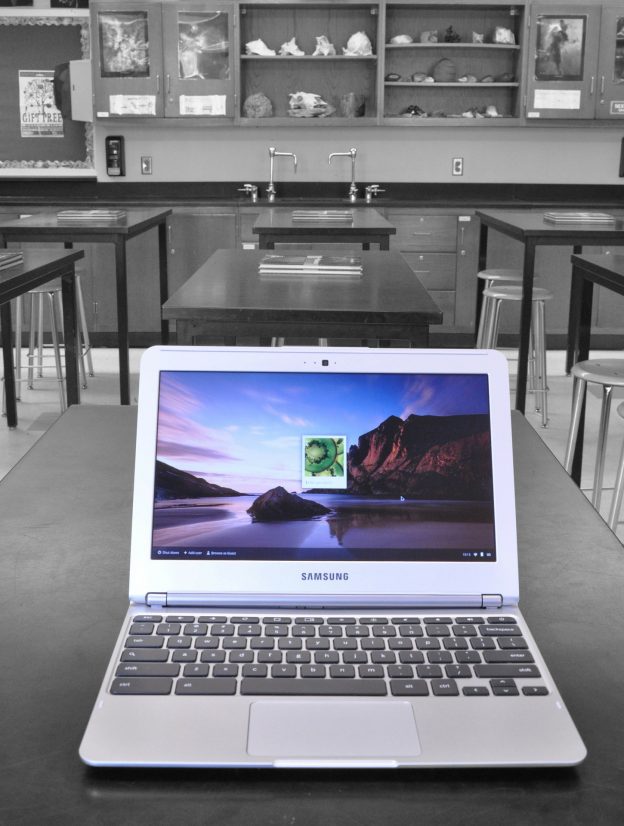Are you wondering how to make your live online classes as interesting as your face to face ones?
How can teaching and learning be effective in real time in a virtual classroom?
You can make your online teaching sessions engaging and interactive by using some built in tools and simple techniques.
Create some slides and follow these hints and tips for a memorable and energising virtual classroom session that your learners will love!

Your platform
Have a look at your platform and find out what interactive functions it has.
Tools like Zoom and Google Hangouts are geared up for meetings and broadcast type webinars. Virtual classrooms like Adobe Connect, Webex, Blackboard Collaborate or Big Blue Button are more training, teaching and learning focused.
However, if you have access to Zoom, Teams or other similar platforms they often allow screen sharing, audio and video, yes and no buttons, whiteboard annotation and chat. Some even have breakout rooms. All of these can help you interact with your learners and get them taking part in active learning.
Make your learners comfortable
Welcome learners into the room and let them know about the ground rules for the session.
Check their mics and make sure they can use the chat pane. If you have a smaller number of learners, you might want to leave their mics unmuted. For a larger number remind them to mute when they are not speaking. You don’t want background noise distracting you.
Let them know how long the class will last and if there will be a comfort break. Tell them if they’ll be using polls or other interactions and where the buttons are.
Learners appreciate frequent interactions – this doesn’t have to be a lecture! Use the tools in the classroom to keep your learners included and engaged.
Be accessible from the beginning by asking about disabilities and plan accordingly.
Internal tools
Chat pane – get your learners discussing, sharing ideas and asking questions.
Mic – learners can get their ideas across using voice, but not everyone likes to speak in a group.
Icons – raise your hand; indicate yes and no; show a smiley face or clapping hands. Icons can be used for quick feedback.
Whiteboards – pen tools are great for learners to draw on the screen. You can use a pre-made slide and have them make marks (word searches are good fun) or give them a blank screen and let them go wild.
Screen sharing – take them to a website or show a video. Share a resource or play some music.
Breakout rooms – you can support group work with smaller numbers of learners.
Polls – always popular. Find out what your learners think or get some evaluation at the end.
External tools
Virtual classrooms have polls and discussion pods built in.
If you have a more basic platform try Mentimeter for a colourful, visually engaging poll which displays results in real time as various charts or word clouds. You can share your screen so delegates can see the responses in real time.
Other freemium polling tools include Slido, and Poll Everywhere.
You might want to get your learners working as a group by sharing ideas and links, posting comments and asking questions.
Lino and Padlet are both excellent tools if you want to get your learners collaborating and collating resources before, during and after the class. The virtual sticky notes allow people to post text, links, images and videos.
Learners love a quiz! You can set up a Socrative or Quizizz – I’ve even done Kahoot like this!

Resources
You can record your class and share it with learners afterwards. This is great for revision and anyone who couldn’t attend.
Let everyone have the links beforehand if you’re using external websites and tools – this will save time on the day.
Some platforms allow you to save the chat and polls, which can be useful after the class for assessment and evaluation.
Check your settings
Make sure you keep your online classroom safe. When you set up make sure you share the link with learners and that only specified people can enter your classroom.
If you are using Zoom there’s a handy guide here.
It doesn’t have to be chalk and talk
Talking at your learners in a physical room or in an online classroom doesn’t make for active learning. Use some of these tools and techniques for engagement, interaction, collaboration and fun!
Your learners will thank you for it…
Also by Dr Esther Barrett COLF, CDOL
Online meetings – from Yawn to Yay
Presentations – from Yawn to Yay
For more information about live online teaching and training support and qualifications
https://www.lightbulbmoment.online/
or email esther.barrett@jisc.ac.uk

